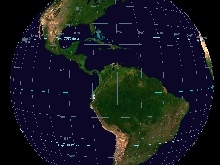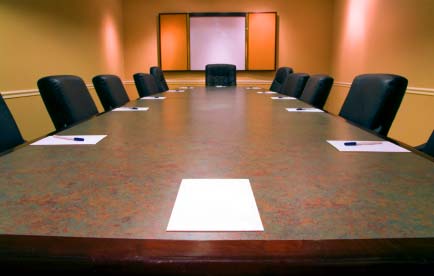
Latitude is measured from the equator in units called degrees. It's often written as a positive number of degrees in the northern hemisphere and a negative number of degrees in the southern hemisphere. Latitude starts at to 0 degrees at the equator, down to -90 degrees at the South Pole, and up to +90 degrees at the North Pole.
Why measure in Degrees?
The measurement is in degrees because fundamentally, Latitude is an angular measurement originating from the center of the Earth. If a line is drawn from the center of the Earth to any point on the globe, and another line is drawn from the center of the Earth to any point on the equator, the resulting angle is the degrees of latitude, either North or South depending in which hemisphere the original point lives.
Are Latitudes Different Sizes?
How do you convert to Degrees from Degrees:Minutes:Seconds?
The latitude and longitude are input in degrees, but Latitude is often given in degrees minutes and seconds so you might need to convert to degrees from degrees:minutes:seconds. There are 60 seconds in 1 minute and 60 minutes in 1 degree. So, for example:
65:45:36 south latitude converts to
-(65 degrees +
45 minutes * (1 degree/60 minutes) +
6 seconds * (1 minute/60 seconds) * (1 degree/60 minutes))
= -65.76 degrees latitude
See also What is Longitude
 Print
Print Email
Email







